Cadillac parent company, General Motors, is offering buyout packages to certain Cadillac dealers that do not want to make the required investments to sell its upcoming line of battery electric vehicles, Automotive News reports.
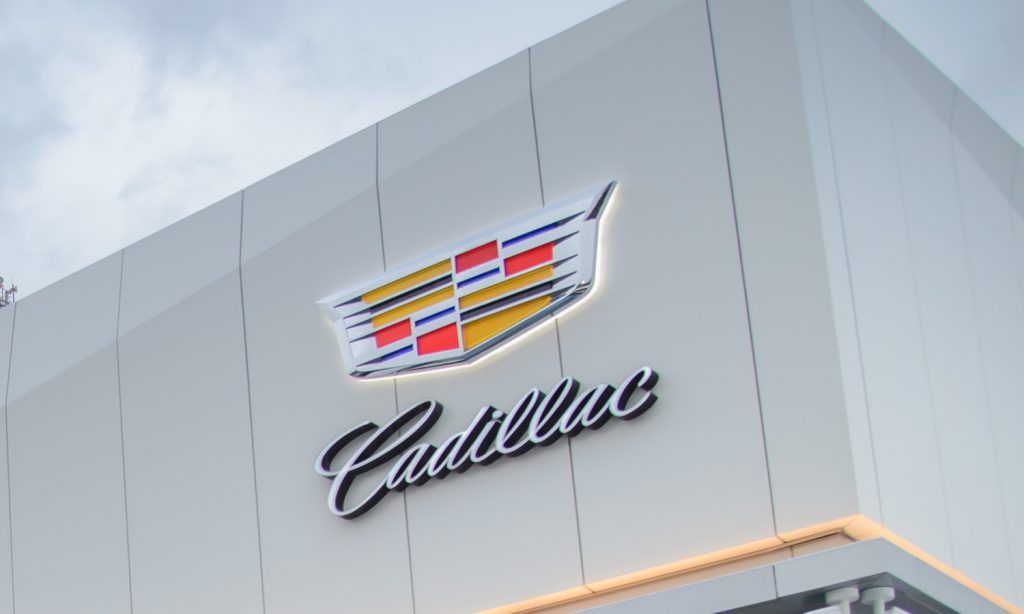
Cadillac dealers have been asked to make various upgrades to their facilities to sell and service future EVs like the Cadillac Lyriq crossover. The upgrades will cost upwards of $200,000 for most storefronts, and not all dealerships wish to make these investments so the parent company has decided to offer those stores buyouts instead. The buyouts range from $300,000 to $500,000 and stores have until November 30th to accept the automaker’s offer.
“We wanted to move fast and make sure dealers are ready for the acceleration,” Cadillac North America vice president Mahmoud Samara told AN. “This is purely an option for those dealers who feel the EV journey is not suitable for them.”
Dealerships who accept the buyout offer can still sell new Cadillac vehicles through to the end of 2021, Samara also said, and will be able to pull from the automaker’s used vehicle auction stock until 2024. He expects the majority of Cadillac’s 880 U.S. dealerships will elect to sell EVs rather than take the buyout offer, but some smaller dealers that only sell a handful of Cadillac products a month may see little return on the proposed investments, which could drive those stores to take the buyout.
Location may also influence a dealership’s decision. Stores in more rural areas are unlikely to sell very many electric vehicles in the short term, whereas stores in city centers may see a boost from the brand’s coming shift to EVs and pay off their investments quickly.

In addition to facility upgrades, the proposed storefront investments would also go towards installing on-site vehicle charging stalls for Cadillac vehicles and re-training sales and service staff.
The first battery-electric Cadillac product, the Lyriq, will launch in early 2022 as a 2023 model year vehicle. Besides the Lyriq, the automaker also has four other EVs currently in the works, including the Celestiq full-size sedan, two other crossovers to slot above and below the Lyriq, plus the Escalade EV (though that might not be its final go-to-market name). All Cadillac EVs will use parent company GM’s new Ultium battery technology, which will be able to provide up to 450 miles of estimated range in certain vehicles, and Ultium drive family of electric motors.

This isn’t the first time the brand has shown a willingness to shrink its dealer network. The automaker offered sub-$200,000 buyouts to its 400 poorest performing Cadillac dealers back in 2016, though the stores weren’t forced to take the deals and many elected to keep selling Cadillac products.
Want to stay up to date on all things Cadillac? Then subscribe to Cadillac Society for ongoing Cadillac news coverage.

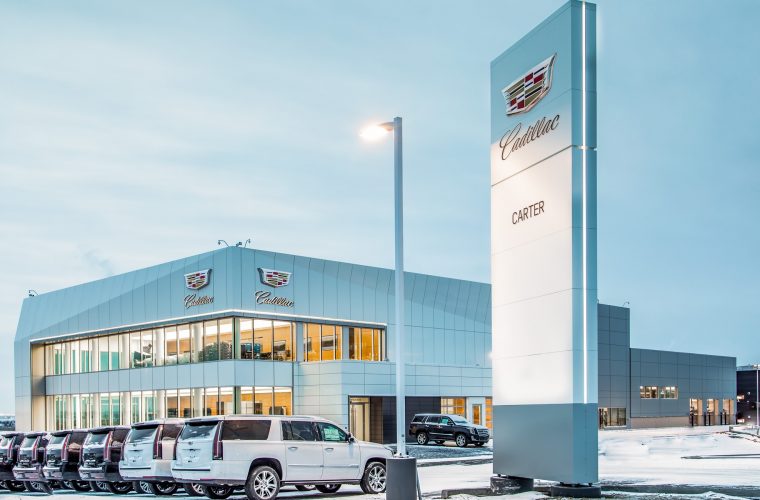

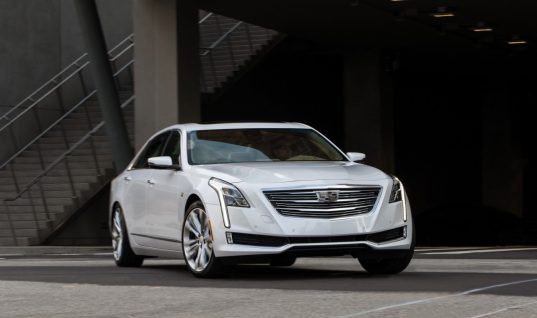
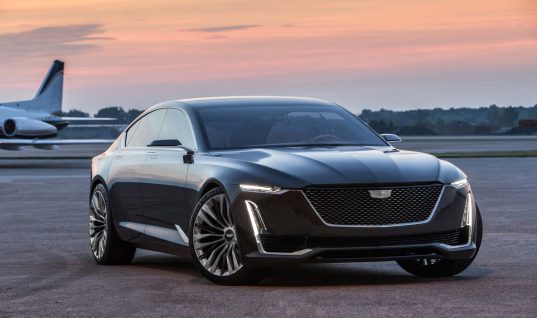
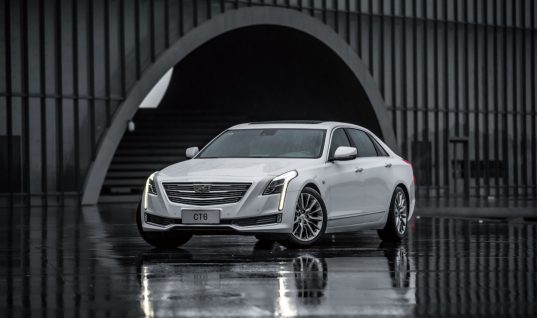

Greg
@ Mr. McEachern:
“…EVs like the Cadillac Lyriq crossover, which will cost upwards of $200,000..”
?????
I believe it’s been stated that the Lyrics price will start at about $60k. Has something changed?
ConsumerRep
The upgrades to the store fronts can be as expensive as $200,000.
Jonathan
I think they mean the upgrades will cost upwards of $200,000. I thought the same thing at first though, but I remember reading an article a while back.
Sam McEachern
Haha you can’t cut off my sentence halfway! It says: “which will cost upwards of $200,000 for most storefronts.”
Don’t worry, the Lyriq price is staying in the five-figure range 🙂
Greg
Sam: I’ve been trying to post a retraction all day but my comments would not post!
I did mis- read. My mistake.
RichOne
It is surprising the GM Board of Directors has gone along with this endeavor. It seems keeping at least a hybrid model (for example, an evolution of the ELR model) among the offerings in the Cadillac line-up would be a safer proposed course for the transition to all EV’s?
Alex Luft
Research indicates that consumers want EVs, not hybrids. Hybrids are and have always been stop-gap measures in the transition from ICE to EV. Now, this is not a qualitative statement about whether hybrids are good or not, but rather as a statement of fact.
In addition, the automakers that have been bullish on hybrids have typically been those that have been very weak or behind the curve on EVs (see Toyota, Ford, Honda). The rate of change on battery tech for EVs will make hybrids irrelevant within a decade or two, if not sooner. This is especially true for GM and Cadillac, which have already realized significant gains in range and time to market for Ultium models before even producing their first Ultium-based EV. This pretty much guarantees that hybrids will be a stop-gap measure that will quickly fade.
So keeping all that in mind, where do you invest, as a business? In a stop-gap technology that will be obsolete within in the medium-term future, or in the actual technology of the future that is also here today? To me, the answer is obvious.
Bill Howland
Alan – I’m on my sixth plug-in and my second fully battery-electric vehicle. Therefore obviously I’ve owned 4 phev’s.
They have their place until battery costs greatly decrease, something GM is presumably trying to do with their Ultium batteries.
450 miles is a good number for a BEV’s range – unfortunately currently there are no cars that can do that.
Phev’s claim to fame is that the battery can be a light 18 kwh model, and a small gasoline engine and gas tank take up the slack for a long trip – something the very, very well executed TOYOTA Rav4 Prime does well, as it uses the dual drive train to implement an intrinsic 4 wheel drive…
In the states, the Rav4 Prime is supply-limited, but I bet it will sell like hot-cakes if and when they release sufficient to meet demand..
GM is apparently taking the tack that we’ll only have a BEV power train, and we’ll work on getting battery cost and weight down later. Its a shrewd gamble if they can make it work… IF they can
Alex Luft
Bill – agreed with most of what you say. That said, the overwhelming majority of U.S. car owners do not drive more than 120 miles in a single day. So the argument of “long trips” only applies to a small fraction of car buyers our there.
By focusing on EVs and only EVs (and the associated battery improvements), I strongly believe that GM will be able to easily achieve well over 450 mile range from an EV over the next few years. Heck, it’s already doing it with Gen 1 Ultium:
https://gmauthority.com/blog/2020/11/gm-ultium-battery-packs-to-provide-up-to-450-miles-of-maximum-range/
PS: who is Alan? I’m Alex 🙂
Ford Owner
Hybrids do sell well, just search for the imports, and the Ford models (Escape, F-150). I have a 2014 Ford Fusion Hybrid and I love it. In six years it has no trouble or servicing or engine maintenance since the gas engine only run 30% of the normal time, and there are no belts or pulleys in the engine bay. And it only needs one oil and filter change a year. Everything else is still factory original. It really saved thousands of dollars in gas and time for me.
GM failed by not promoting the Chevy Volt when it was ahead. The Equinox could had been a hybrid years ago and sell in the hundred of thousands of units a year.
Greg
It seems this is being used as an opportunity to reduce the dealership count. I think it’s a good idea. The fewer dealers there are in a given area, the more profitable those dealers are. The more profitable they are, the nicer the facility will be and the better the Cadillac name will be in the eyes of the public. I would like nothing netter than to see more stand-alone Cadillac stores.
Ford Owner
“In addition, the automakers that have been bullish on hybrids have typically been those that have been very weak or behind the curve on EVs (see Toyota, Ford, Honda).” This is not true for Ford. Even as they continue to sell hybrids, such as the Escape and the F-150 model (which is very powerful!), Ford has one EV in final production (Mustang Mach-E) and three more for 2022 (Bronco, F-150, and Transit), which have many interested buyers. GM only has the Chevy Bolt EV in production and two announced vehicle (Chevy Hummer and Cadillac Lyriq) which are expensive and will be for 2022 and later.
Alex Luft
The truth is that Ford is an entire cycle behind GM when it comes to EVs.
Currently, GM has the Bolt EV. It has been on sale for four years now. Ford is only now getting around to launching the Mach-E.
Ford’s planned EV entries in the near-term future include the F-150 and Transit, the latter of which is a relatively weak entry with embarrassing range. I must also correct your comment: there is no such thing as an EV version of the Bronco, at least not for this generation. There might be a hybrid, but definitely not an EV.
By comparison, GM will launch 8 new EVs on an all-new dedicated EV architecture between 2022 and 2023, and 15 more by 2025. These will all be built on a highly-scalable and highly-flexible architecture with a battery system that is a textbook definition of economies of scale. Meanwhile, Ford has no dedicated EV architecture to speak of, even including Mach-E.
It’s blatantly obvious that Ford is playing catch-up in the EV space, and it’s in that position because it invested all of its resources into hybrids over the past decade. GM did the best hybrid of them all – the Volt and ELR. Having “been there and done that” when it comes to hybrids, GM is now taking huge strides towards the future that is EVs. And in doing so, GM will likely be the only organization in the world to actually make a profit on EVs right out of the gate thanks to models like the Cadillac Lyriq and GMC Hummer (not Chevy). Will Ford make a profit on any of its EVs? At this point in time, I highly doubt it.
Ford Owner
Alex, Hybrids are not “stop-gaps” since they give the first electric driving experience using a smaller battery and a small gasoline engine. I have a 2014 Ford Fusion Hybrid because GM failed with their Hybrid Malibu, and the Bolt EV is small. I get over 54 MPG on some trips and an average over 40 MPG for every day driving. With its 12 gallon tank I can still drive over 400 miles before a refill. No present EV can do that!
Hybrids still solve the range issue as many EV buyers still complain about battery size and charging facilities. So instead of spending for a bigger battery which adds weight and cost, get a plug-in hybrid that can drive on electricity for shorts trips and yet have the range they want.
Eventually more EVs will arrive but gasoline cars will continue to be manufactured and sold for the next 30 years. So we should keep hybrids until battery technology catches up in range.
Alex Luft
“Hybrids are not “stop-gaps”
Well, they’re certainly not the way of the future. Call it what you will, but the entire industry is moving to EVs and away from anything with ICE.
As I mentioned in my reply to Bill, EVs on sale today more than accomplish the daily range needs of most drivers. Next-gen EVs, like the Lyriq, will do even more of that. And the cycle will continue. Before the end of this decade, there will be very little reason to buy an ICE vehicle, hybrid or not. The range issue is already a non-starter for most today, and it will be entirely eliminated in the medium-term future.